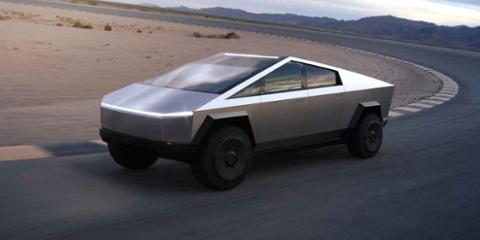SpaceX proved that privately funded spaceflight wasn’t just a viable concept, but an innovative one. Since the company’s launch in 2002, it has pioneered several advances in spaceflight, including vertical take-off and landing for an orbital rocket.
Certain technologists (and you know who you are) would cheerfully sacrifice their right arm to work for SpaceX. But what is the aerospace pioneer looking for when it comes to tech skills? How much can software developers and engineers earn at the company? Let’s launch an inquiry (pun definitely intended) into those questions.
When it comes to technical skills, SpaceX’s needs largely mirror that of other tech companies. SpaceX’s managers want technologists who are skilled in popular programming languages such as Python, C++, and SQL. Familiarity with Linux and the principles of software engineering and development have also popped up frequently in the company’s job postings over the past 90 days, according to Burning Glass, which collects and analyzes millions of job postings from across the country.
It’s also clear that SpaceX wants technologists who are skilled in all aspects of hardware, including testing and debugging. That should be obvious—the company’s end goal is to launch tons of metal into space, after all. Here’s the complete list of top 25 skills:
How much do software developers and engineers at SpaceX get paid? According to levels.fyi, which crowdsources its salary data, engineers at the L1 (the starting tier) and L2 levels can make anywhere from $150,000 to $200,000; however, the site’s reporting is based off few responses. Glassdoor estimates that engineers at the company average $98,149 in base pay, with additional pay of $32,987 coming from bonuses.
That’s a bit more than what entry-level engineers earn at Tesla, the other company run by SpaceX CEO Elon Musk. It’s also interesting to note that technologist jobs at Tesla ask for many of the same skills as at SpaceX. Working at the intersection of software and fast-moving hardware can prove quite lucrative, it seems.



